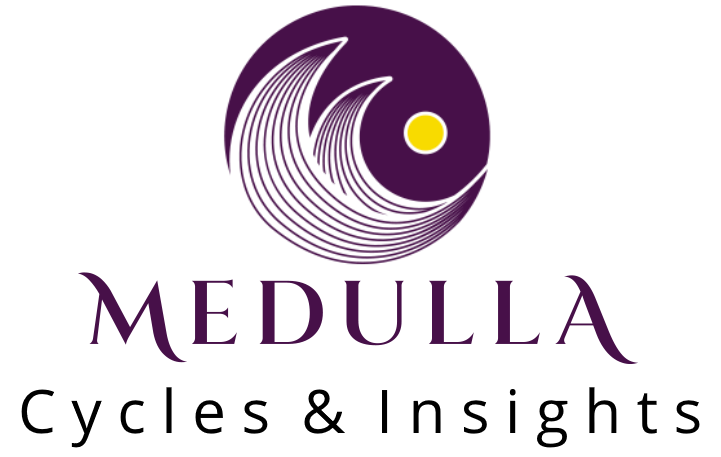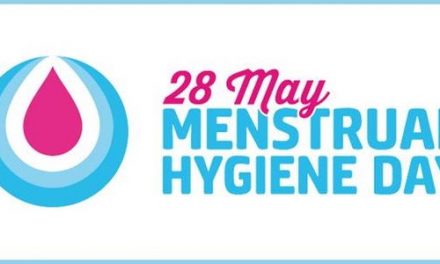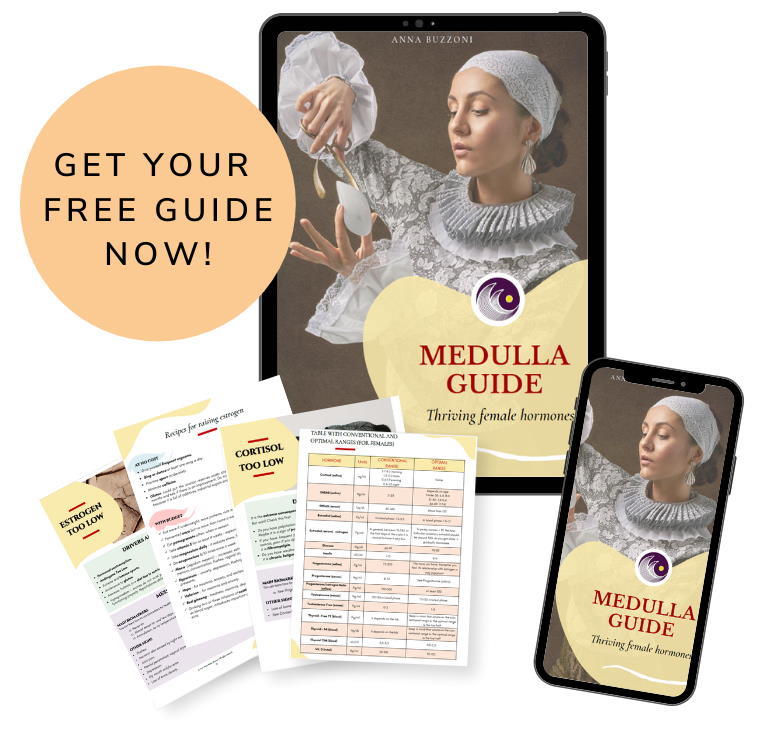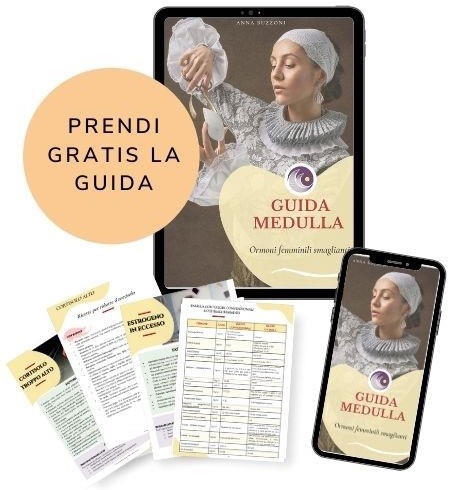Fertility awareness, body literacy and cycle awareness go hand in hand, and it does not matter if we want a pregnancy or not. They are three pillars of female health from birth until death, because fertility has many faces but only one cycle, like the moon.
Moon Time by Lucy Pearce is an endearing effort, but the foundations of her book, the introduction to how the cycle works, would not pass a junior high school test.
Many of you read Moon Time by Lucy H. Pearce and loved it. Well, it does have some good ideas. This book presents tips and strategies to harness the potential of cycles.
Unfortunately, there are at least ten serious mistakes already in pp. 12-13, in her first chapter “Our cycles: a biological understanding”. “Well begun is half done” Oratio, Epist., I, 2, 40. Not this time. The very ABC of fertility science has been distorted here.
Where stigma is strong, due diligence, quality, trust and integrity are non-negotiable, especially if we claim we want to explain science or empower women. Otherwise it is a dangerous and naive power trip played over vulnerable people.

Debunking ten mistakes
“Day one is the first day of bleeding“
Misleading: day one is the first day of flow. Blood spots in the days leading to menstruation belong to the previous cycle and may point to progesterone deficiency and future challenges in holding a pregnancy.
“(menstruation) usually lasts four to six days“.
It would be more correct to say three to seven days, including the final spotting after the start of menstruation, and to add that the first 10 and last 10 years of the ovarian cycle imply longer or shorter variations of the above.
“Only an egg-cup full of blood is lost“
This a gross underestimation, unless… we are not talking about chicken eggs? Menstruation should be more than 25ml and less than 80ml. An egg-cup holds less than 25 ml and less than one nearly-full menstrual cup. It is normal to nearly-fill at least one menstrual cup over one menstruation, but again, age plays a role, and any discomfort that comes together a very scant menstrual blood should be investigated further.
“(…) the pill (induces a) state of quasi-pregnancy“
The fact that some doctors have repeated this mistification over and over, does not make it less false, scientifically speaking, inaccurate and misleading, linguistically speaking. Language is one of the pillars of our understanding and use of reality as a community and a civilization (another is Time). It is quite serious business, before economics and science.
“Oestrogen increases leading to the development of the egg follicles, stimulation of breast tissue and uterine walls“.
It is quite the contrary:the development of follicles leads to estrogen increase, which, in turn, stimulates the growth of breast tissue and uterine walls. That is why, if estrogen production is in trouble, it is important to feed and protect the ovary. If we confuse actors and roles, how can we take care of ourselves?
“At ovulation time (around day 12-16) usually one egg is released from one of your fallopian tubes (they tend to alternate each month).“
Not true on several levels:
#1 Ovulation day varies, and it can be on day 8, 14, 21, or any other day. This is a horrific mistake, it caused so many abortions or unwanted children in this world.
#2 It is the ovary that releases the ovum, not the tube.
#3 Ovaries indeed tend to alternate, but not necessarily each month, it can be quite random
“The egg becomes a corpus luteum“.
The corpus luteum is located in the ovary at all time.The egg leaves the ovary and starts an epic journey to meet its destiny. The corpus luteum is the follicle reborn, that estrogen-producing little case that used to contain the egg, was broken at ovulation, and reborn into a brand new gland, the corpus luteum.
“The premenstrual stage can last for six to ten days”.
#1 It is called Luteal phase or postovulatory phase. Calling it premenstrual in the introduction to physiology is a very poor choice of words, and it also suggests the combination premenstrual + syndrome.
#2 Luteal phase must be between 12 and 16 days in length to be able to sustain pregnancy (if you chart, 10 higher temperatures is the minimum you should have).
“There is a biological need for increased REM sleep from day 25 onward“.
How she decided on the number 25 will always be a mistery. We need more sleep when progesterone is high, i.e. throughout the luteal phase, which lasts between 12 and 16 days and concludes the current cycle.
“cycles of varying lengths (14-40 days).”
The menstrual cycle should be between 23 and 35 days, when mature. Exceptions are the first 10 years of the cycle (i.e. a cycle in itself, starting with menarche and evolving until we are 23 years old or so) and perimenopause (the last 10 years of the cycle, with its own arch of evolution). In puberty and perimenopause cycle length can be shorter or longer than 23-35, and more variation between each cycle length is normally observed.
We are hungry for knowledge, information and self-awareness. This hunger can be dangerous
This poor book has been #1 bestseller for menstrual health on Amazon for a long time!
We must always keep our guard up and make sure our sources of information are reliable, ethical and well-prepared. It is our health. It is our understanding and encoding of reality. Quality is non-negotiable.
Although the author had some great ideas and insights in her book, we genuinly think it calls for an urgent review by medical doctors trained in fertility science. Otherwise, it is a book to avoided by beginners and non-specialists, because they will be unequipped to spot and correct the mistakes and misleading language use.
Bibliography:
NFP AG, Sensiplan Praxisbuch, Trias, Cologne 2011
NFP AG, Sensiplan Teacher Training Manual, Cologne 2017
The knowledge shared comes from nearly 40 years of medical research at the hospital clinics of University of Düsseldord and Heidelberg, which has been consistently ranked the strongest in its field of female natural fertility science.
Our founder Anna Buzzoni was trained by NFP AG to become a certified Sensiplan teacher in 2017-2018, and has been studying with them since 2013.







